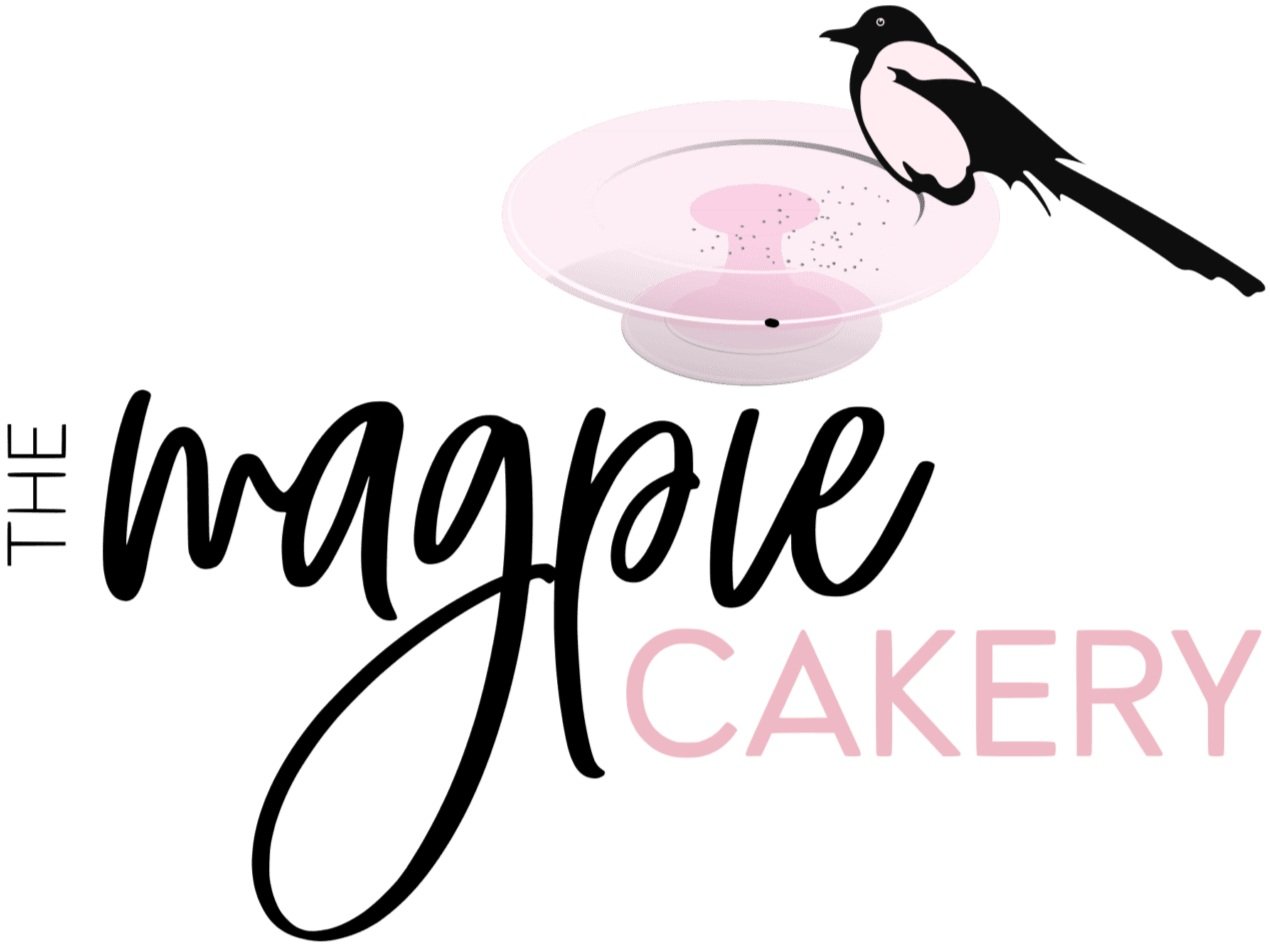Lemony Lemon Curd
There’s something about lemon curd that gets me every time – tangy, perfectly sweet, creamy and buttery. It is the perfect accompaniment to scones, biscuits, quick breads, pound cakes, or a lonely spoon destined for your mouth. It can be used as a filling for pies, tarts and cakes. The possibilities are endless, really! So what are you waiting for? Let’s get our lemon curd on!!
What Is Lemon Curd
Lemon curd is made up of a few simple ingredients you probably already have on-hand. The best kind of recipe that can be whipped up on a whim.
Lemon curd should (read: must) be made with freshly squeezed lemon juice. Don’t use bottled lemon juice – you know, the one that says “real lemons” but tastes nothing like “real” anything! When choosing lemons, look for ones that are bright, firm and heavy for their size. The skin should be free from any blemishes or spots, since you’ll be using the whole lemon, rind and all! When zesting the lemons, don’t include any of the pith – the bitter, white layer underneath the yellow outer rind.
How to Make Lemon Curd
Your Choice of Bakeware Makes a Difference!
I like to make my lemon curd in a heavy-bottom, non-reactive saucepan. Stainless steel, anodized aluminum and enamel-coated bakeware all work well. Steer clear of plain aluminum or copper pans when making lemon curd – the acidity of the lemons can cause the metal of these pans to leach into the lemon curd, resulting in a “metallic” flavour and a grey-ish curd. Not really what we’re going for here!
Lemon curd can also be made using a double boiler. If you use this method, make sure the bottom of your bowl doesn’t touch the simmering water, and be sure to use a non-reactive bowl, such as stainless steel, glass or enamel-coated. No metallic-flavoured curd in our kitchens!
Don’t Let the Curd Boil
Be sure to keep a close eye on the curd as it cooks. It will only take about ten minutes from start to finish, so don’t get distracted and leave your curd to curdle. Get it? Boiling your curd will most definitely cause it to curdle. Cook it over a low to moderate heat, stirring constantly with a rubber spatula, and scraping the bottom and sides of the pan to ensure there are not bits stuck to the bottom of the pan. Your lemon curd is cooked once it reaches 175°F – if you don’t have a thermometer, you’ll know it’s ready when it coats the back of your spatula and leaves a trail when you run your finger through it. The lemon curd will continue to thicken as it cools.
To Strain or Not to Strain
The choice of whether to strain your curd is a personal one. If you like a little texture to your lemon curd, then skip this step. If you want a perfectly smooth lemon curd, then pass it through a fine-mesh sieve once you have removed it from the heat.
I find that straining the lemon curd gets rid of any lumps that may have formed during the cooking process and leaves the bits of lemon zest behind. But I leave this step up to you!
Off the heat, butter and cream are added for richness and flavour. Don’t skip this step!
Storage
Once your lemon curd is ready for its beauty rest, gently press a layer of plastic wrap against the surface to prevent a skin from forming and refrigerate until set (about 2 to 4 hours). Lemon curd can be stored in the fridge for up to a week, and can be frozen for up to 6 months. Thaw overnight in the refrigerator if you go this route.
LET’S GET BAKING because this Lemon Curd is:
PERFECTLY SWEET AND TANGY
EASY TO MAKE
SUPER FRAGRANT
BRIGHT AND DELICIOUS

Lemony Lemon Curd
Ingredients
- 3/4 cup fresh lemon juice
- 2 heaping tablespoons lemon zest (from approximately 4 lemons)
- 1 cup (200 g) granulated sugar
- 2 whole eggs, plus 6 yolks
- pinch table salt
- 2 tablespoons (32 grams) unsalted butter
- 1 tablespoon heavy cream
Instructions
- In a medium, heavy-bottom, non-reactive sauce pan, whisk eggs and yolks to combine.
- Gradually whisk in sugar, then lemon juice and zest until well-combined.
- Cook over low heat, stirring constantly with a rubber spatula, until mixture reaches 175°F, approximately 10 minutes. You’ll know its ready when it coats the back of your spatula - check by running your finger across the rubber end of the spatula…if your finger leaves a trace, you’re good to go.
- Pass through a fine-mesh sieve into a large glass bowl. Add salt, butter and cream, stirring until butter has melted.
- Gently press a layer of plastic wrap against the surface of the lemon curd and refrigerate until set (about 2 to 4 hours).


